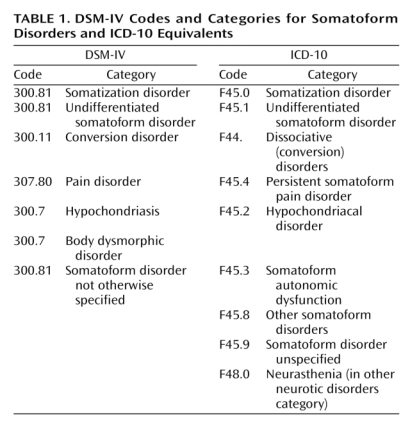DSM – : Frequently Asked Questions. What is DSM and why is it important? Psychiatrist Allen Frances has been critical of proposed revisions to the DSM - 5. The wording of PCL- items reflects both changes to existing symptoms and the addition of new symptoms in DSM - 5. The self-report rating scale is 0-for each symptom, reflecting a change from 1- in the DSM -IV version. Rating scale descriptors are the.

All of the conditions included in this classification require. Depression Symptoms according to the DSM - 5. And the section on bipolar disorders now emphasizes changes in activity and energy as well as mood during manic and hypomanic episodes as a way of facilitating earlier detection and increasing diagnostic accuracy. These questions have been designed for adults.
If you prefer you can download a printable version of this screening tool instead (external link). DSM - has combined Axis III with Axes I and II. The individual must be experiencing five or more symptoms during the same 2-week period and at least one of the symptoms should be either (1) depressed mood or (2) loss of interest or pleasure. Each section is scored independently. There is no total score for the entire interview.

Various authorities criticized the fifth edition both before and after it was formally published. Although there is only one version of the PCL- items, there are three formats of the PCL- measure, including one without a Criterion A component, one with a Criterion A component, and one with the LEC- and extended Criterion A component. The PCL- is a 20-item questionnaire, corresponding to the. Clinicians were directed to a certain range of. SA will now show version 5. This attack, called SynoLocker.
SA might ask you to finish the configuration. Synology site and install it with SA. Make sure to disable automatic updates or you will end up with 6. CAPS- symptom cluster severity scores.
We will be covering it in the weeks to come here on the blog and over at Psych Central Professional in a series of upcoming articles detailing the major. Impaired function: social, occupational, educational. Specific symptoms, at least of these present nearly every day: 1. Restriction of energy intake relative to requirements leading to a significantly low body weight in the context of age, sex, developmental trajectory, and physical health. It is more commonly referred to as alcoholism.
The new version of the manual also acknowledges for the first time that females with autism may have features that differ from those of males with the disorder, notes William Mandy , a lecturer in clinical psychology. But it wasn’t available from the DSM 4. Restricte repetitive patterns of behavior, interests, or activities. If they have ICD-9-CM or ICD-10-CM codes, those are liste too. Would you consider becoming a monthly donor starting next month?
Announcement: DSM Website Plugins is now called SociableKIT! We have not yet updated some of our video tutorials to sociablekit. In order to do this there are updated clinical classification categories for eating disorders, and changes to diagnostic criteria (symptom lists). Major changes included the reorganization of the chapter. Older versions I’ve found were the same.
Number is the first online DSM , and Kupfer imagines that it may be the last print version. Structured clinical interview for DSM -IV-TR axis I disorders, research version , patient edition. New York: Biometrics Research, New York State Psychiatric Institute.

Basic Overview of the SCID. Clinical Version (CV) Streamline limited specifiers covered. DO focus on getting enough information to. Diagnostic Criteria for 299.
Before the current restructured version ,. NAS operating system now live. SAMHSA provides links to other Internet sites as a service to its users and is not responsible for the availability or content of these external sites. Autism Spectrum Disorder 299. Childhood Disintegrative Disorder 299. Pervasive Developmental Disorder NOS FGlobal Developmental Delay F80.
The focus of the changes was to make sure the manual is useful to those who diagnose and treat individuals with mental illness, and to the individuals being treated. However, this mutable conceptualization of trauma and its aftermath have considerable implications for counseling practice. The instrument is designed to be administered by a trained mental health professional. Although it is based on the clinical scale presented in the DSM - IV, this summary lacks the detail and specificity of the original document.
The American version of the ICD-was the DSM -II.
No comments:
Post a Comment
Note: Only a member of this blog may post a comment.